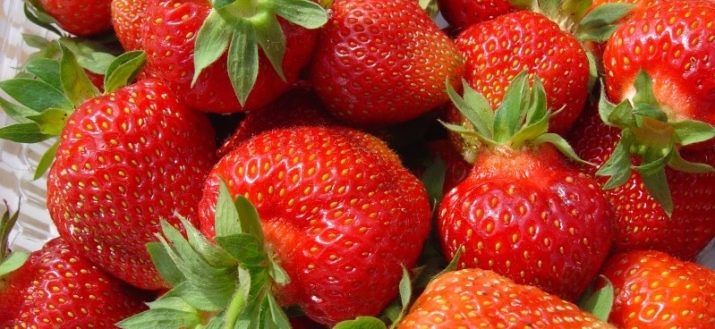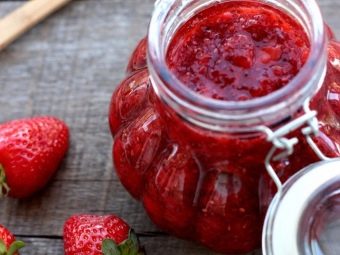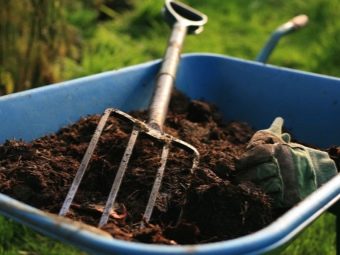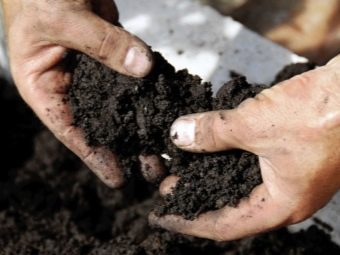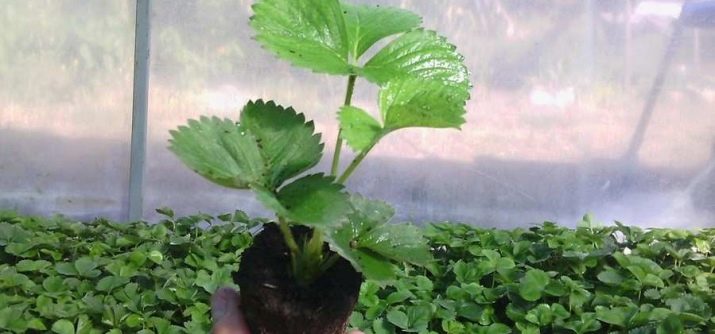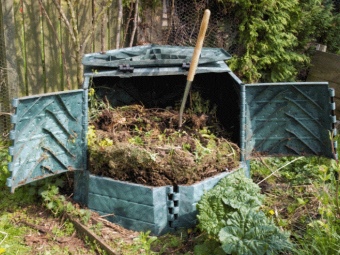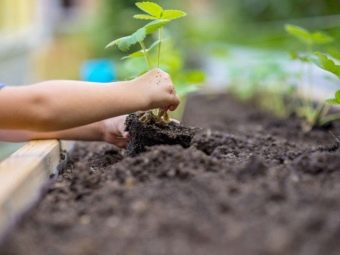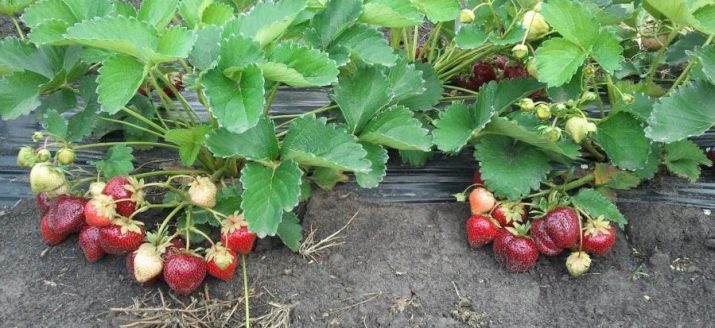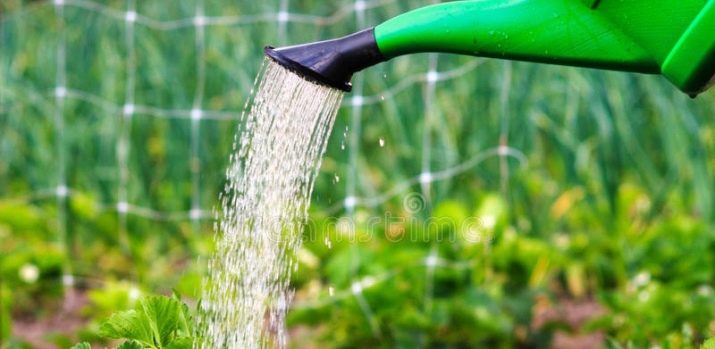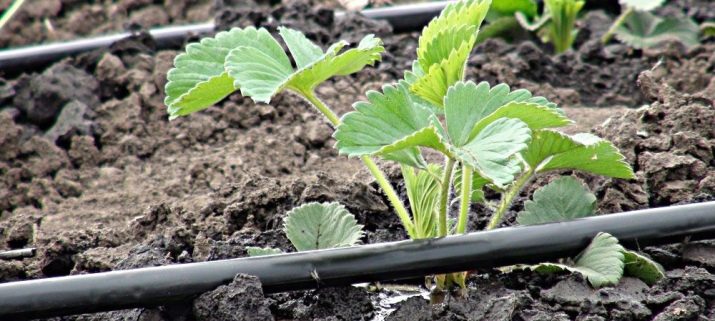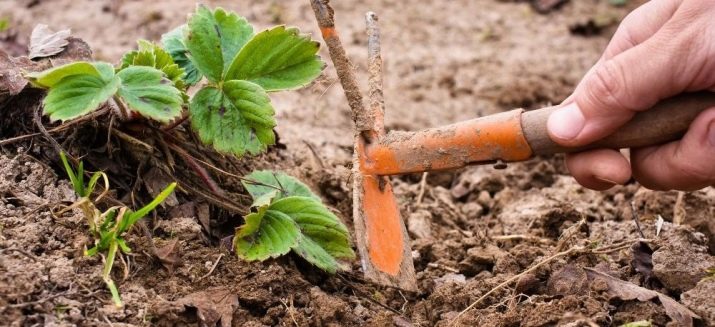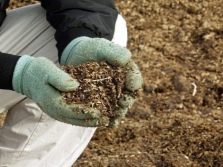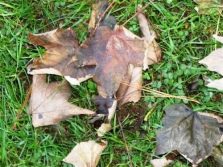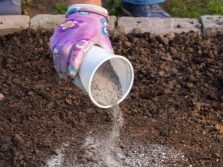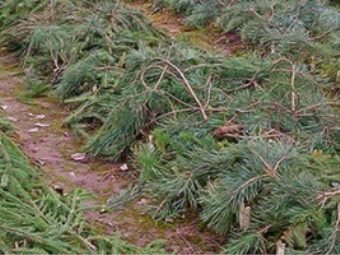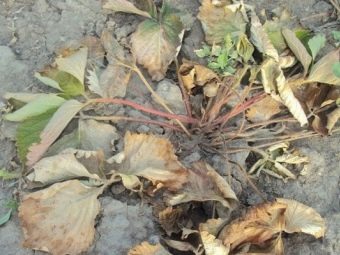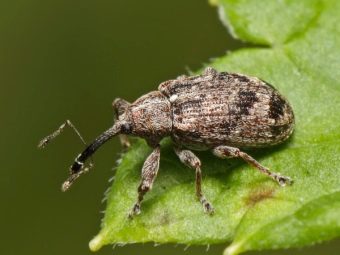Strawberry "Polka" ("Polka"): description of the variety, especially the cultivation
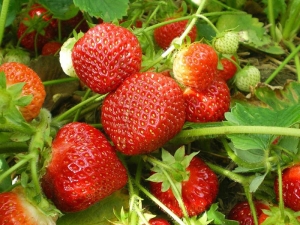
Strawberries rightfully occupy a leading place among the seasonal berries that are present in each garden plot. Today, summer residents and gardeners are faced with the rather serious task of selecting the most successful variety of culture among the diversity available. Increasingly, the choice comes in favor of Strawberry Strawberry, which is endowed with a large number of unique characteristics, for which it is valued among lovers of juicy berries.
Variety description
Each variety of strawberry has individual advantages and disadvantages, so before acquiring a particular crop, one should familiarize oneself with the peculiarities of the variety and gardeners' reviews about it. It will not be difficult to get complete information about the “Polka” strawberry (“Polka”), since the plant has long been grown on private plots for personal use and on farm plantations on an industrial scale.
The variety is due to the origin of the work of Dutch breeders who crossed two plants for the production of a new crop (Unduka, Sivetta). “Polka” has been successfully cultivated around the world for several decades due to the presence of a mass of positive qualities that it has adopted from its mother cultures. As the long-term practice of cultivating a variety in Russia shows, the plant shows a stable yield with a rather simple agricultural technique.
Strawberry bushes are of medium size - an adult plant is not distinguished by sprawling shoots and has a small height. The foliage of the culture is painted in a saturated green color, with small teeth around the edge. However, the variety blooms quite abundantly; in the flowering phase, a large number of peduncles with white flowers form in the bushes. A distinctive feature of the plant is the absence of barren flowers, thanks to which berries are fastened on each peduncle. In the phase of ripening, the fruits of "Polka" have a scarlet color; to achieve technical ripeness, the color changes to a rich red. The shape of the berries is close to the shortened cone, the skin of the berries is thin, but durable.
Popular taste is provided by high taste qualities, ripe berries have an unobtrusive caramel flavor. The variety is not prone to the formation of voids in the core of the fruit. The weight of one fruit is about 50 grams, however, the weight of the berries will directly depend on the agrotechnical measures carried out by the gardener. Many tendrils form on bushes, therefore regular pruning is an obligatory measure concerning the care of plants, otherwise there is a risk of premature depletion of the culture.
The harvest is perfectly amenable to subsequent processing, so the varieties of berries are often used to make compotes and jams, in addition, strawberries retain their flavor after freezing. In the process of heat treatment "Polka" does not fall apart, does not lose color saturation, replacing it with burgundy. Some craftsmen to preserve the berries prefer to dry them.
In order to have the fullest possible understanding of the culture, one should consider the advantages that the variety has:
- the plant belongs to frost-resistant species, therefore, retains its viability even in the harsh climate under the covering material;
- grade unpretentious care;
- the berry has a universal purpose, so it can be cultivated for personal or industrial purposes;
- harvested crops tolerate transportation over long distances;
- The “shelf” is distinguished by immunity to many ailments, but it is worth refusing preventive measures;
- strawberry grows well both in open ground and in greenhouse conditions;
- The plant has a long fruiting period.
Culture also has some drawbacks:
- fruiting plants as they grow older declines;
- the culture requires regular updating of the beds;
- with a strong drought, the berries become smaller, and their taste deteriorates;
- bushes tend to grow, therefore, require regular maintenance.
Landing
To ensure a high yield of strawberry varieties "Polka", should adhere to the recommendations regarding planting culture. This applies to the choice of site for the beds. Strawberries can produce juicy berries only in a well-lit place, so it is best to prepare a place for planting crops on the south side of the site. It is necessary to give preference to flat terrain, but the minimum angle of inclination is allowed. If the plants are planted on the shaded side, whiskers will form a mustache, however, flower buds will not develop.
It is also worth paying attention to the northern side of the site, it is important that the culture is reliably protected from the wind and drafts by any structure or fence.
You should not plant garden strawberries in the lowlands, because there will be constantly accumulated excess moisture in the soil and cold air masses. The groundwater level should be no closer than 60 centimeters from the soil surface. As for the composition of the land, the priority remains black soil, loam or dark gray sandy soil. In a calcareous or marshy soil culture will develop poorly, in such cases it is worth forming ridges with strawberries on artificial elevations (high beds).
An important point is the correct selection of planting material. When buying polka seedlings, it is worth paying attention to the following nuances:
- the root system will be an indicator of the health of the seedling, so it is important to buy a plant with a branched root, the length of which will be at least 7 centimeters;
- rosette bush should consist of at least three sheets;
- the color of foliage is important - it should be bright, without any blotches or defects;
- root neck in diameter should be 0.5 centimeters;
- Plants must be properly packaged to avoid drying and confusion in the varietal assortment.
Choosing the optimal landing period for the "Polka", it is worthwhile to stop at the summer-autumn disembarkation. Usually work on rooting seedlings are performed in the last weeks of August or in early September. Such a time was not chosen by chance, it was during this period that there was still quite warm, and there would no longer be a strong heat that could harm a weak plant. In addition to the optimum temperature value, it is important that the strawberries, planted at the end of summer, before the arrival of cold weather will have time to give impetus to the formation of fruit buds, which next season will ensure a good harvest of ripe berries.
For regions with cold autumn, it is preferable to plant strawberries in early spring, for example, at the end of April. In the ground, the temperature of which will already be about + 10C, the plant will begin to grow and develop actively.
For the autumn planting it is worth a month to take care of the composition of the soil in the selected area. If work is delayed in the spring, preparation is carried out at the end of the summer. Regardless of the period chosen for rooting strawberry bushes, the preparatory work scheme will consist of similar works described below.
- Since the “Shelf” variety belongs to moisture-loving plants, the plot must be cleaned of weeds and other vegetation. After that, the soil is dug up to a depth of about 30-40 centimeters. As practice shows, the cultivation of plants, the root system of the bushes can go exactly at such a distance.
- Fertilizers must be applied for digging. One square meter of beds will need about 6 kilograms of compost, 30 grams of potassium composition, about 100 grams of superphosphate.
- Immediately before the rooting of crops, the ground must be leveled by removing the crust formed on the surface.
- It is best to plant strawberries after radish, carrots or legumes.
- From planting after peppers or tomatoes should refrain.
The variety is planted in two or three lines.Such an arrangement will greatly facilitate further care of the plants. In addition, it will be easier to pick ripe berries. To root bushes stands in steps of 30-35 centimeters and a distance between rows of at least 50 centimeters.
The landing pattern includes the following work sequentially.
- With the help of a rope or cord it will be possible to mark the future garden beds with garden strawberries. To determine the distance between cultures, you can prepare in advance any object whose length will be no more than 35 centimeters. Using it you can quickly identify places for rooting bushes.
- It is more correct to perform works on a cloudy day or in the evening after sunset. This will allow cultures to quickly adapt to a new place.
- The size of the hole should be 25x25 centimeters to give free space to the root system in the ground.
- If before planting the fertilizer beds were not carried out, it is worth adding nutrients, mixing them thoroughly with the ground, in order to avoid root burns.
- After that, the planting pits need to moisten and deepen the seedling, leaving the heart of the culture at ground level. The ground must be compacted, excluding the formation of air layers.
- To check the planting, you can slightly pull the bush for the leaves, if it does not give in, it means that all the work is done correctly and you can hold another watering.
- The final stage of planting will be mulching beds.
Care
For good yield varieties "Polka" it is necessary to provide the plant competent care. The main agrotechnical measures include the following types of work.
Watering
The culture withstands drought withstand, however, such conditions will have an extremely negative effect on the quality of the berries - their number and weight will decrease, sour taste will appear. For the maximum disclosure of all the advantages of the variety should provide a moderately moist soil culture. In too hot summer months, strawberries should be watered daily.
As for seedlings that have rooted in the fall, they should be watered beginning in April, and moisture should be introduced no more than once every seven days at the rate of 30 liters per 1m2 of beds. With the arrival of autumn, the volume and frequency of watering is gradually reduced.
Important periods of plant development in which it is necessary to perform regular hydration are the following:
- the time when the formation of the ovaries of the culture occurs;
- fruit loading phase;
- in the second half of summer, when the plant will form flower buds.
A dangerous phenomenon for the culture is not only the moment when the strawberries dry, but also excessive moisture, which leads to rotting and death of the variety. Therefore, irrigation is best done with a hose, concentrating the water jet between the rows. Water for strawberries should not be cold, watering is recommended in the morning or evening hours.
As practice shows, good results are demonstrated by the arrangement at the drip irrigation site. This option will exclude the exposure of the root system during the usual introduction of moisture, in addition, the liquid will be evenly distributed throughout the site.
Weeding and loosening the soil
Strawberries are very susceptible to the growth of weeds in the beds, so weeding the site is a mandatory procedure. Weed removal work must be carried out with great care in order not to damage the strawberry bushes. Between the rows, weeds are harvested by hand, and those pests that are already intertwined with strawberries, must be cut with a shears. The removal of weeds in the phase of ovary formation should be temporarily abandoned.
Regular loosening of the earth will help to maintain optimal air exchange in the ground, usually work is done shortly after watering the bushes. Loosening also helps to retain moisture in the soil and at the same time removes weeds.
Mulching strawberry bushes
Sawdust, spruce branches or straw are excellent as a layer of mulch. Mulching allows you to retain moisture in the ground, reduce the number of weeds, as well as avoid contamination of the crop when in contact with the ground.
Fertilizer introduction
Proper fertilizing has a positive effect on the taste of berries, provides healthy development for the culture, and increases frost resistance. The introduction of fertilizers is delayed until the arrival of spring. During this period, strawberries require the following nutritional composition: 10 grams of potassium salt, 30 grams of superphosphate, 15 grams of ammonium nitrate. The variety responds well to the introduction of foliar feeding in the formation of ovaries.
Organic is extremely useful for the variety. There are a number of recommendations regarding the introduction of natural fertilizers.
- “Polka” is fertilized with liquid formulations on the basis of manure or poultry manure, in a ratio of 1: 10 and 1: 20. Only moistened soil is fertilized, trying to avoid contact with the foliage so as not to cause a burn.
- Positive results are demonstrated by strawberry leaf fertilizer. This layer will become a nutrient element, as well as act as a reliable protection for the bushes from frost.
- In the autumn strawberry bushes should be sprinkled with ashes, this substance will positively affect the development of the root system.
Before the onset of cold weather, a number of preparatory activities are being carried out that allow the culture to correctly transition from the growth and fruiting phase to the resting phase. At this time, pruning of old foliage, removal of dried fruit, inspection of strawberry ridges. Culture before hibernation should be treated with compounds from insect pests and ailments. Also, the soil is loosened and weeds are harvested.
The variety "Polka" retains its viability during frosts down to -15C. If the winter is snowy, the culture will suffer more tangible decreases in temperature. But for this plant is required to protect from the cold.
For this purpose, it is recommended to cover garden strawberries with a layer of dry grass or fir branches. Additionally, you need to purchase a special covering material for garden plants.
Diseases and pests
The variety has immunity to many diseases, but is prone to lesion with verticillus. For the prevention and treatment of the soil is treated with insecticides, and diseased bushes spray fungicidal compositions.
The culture can be attacked by a raspberry-strawberry weevil, for the struggle with which they use the drugs Aktellik and Karbofos. Sometimes whitefly and their larvae harm the culture. For the destruction of insects used the composition of "Karate".
Gardeners reviews
In the entire history of cultivation of the variety, strawberries deserved a lot of positive feedback from gardeners. As practice shows, the plant is distinguished by resistance to frost, gives good yields of berries and unpretentious care, which together allows you to cultivate "Polka" not only in private gardens, but also on an industrial scale.
In the next video you will find a brief overview of the variety of strawberries "Shelf".

